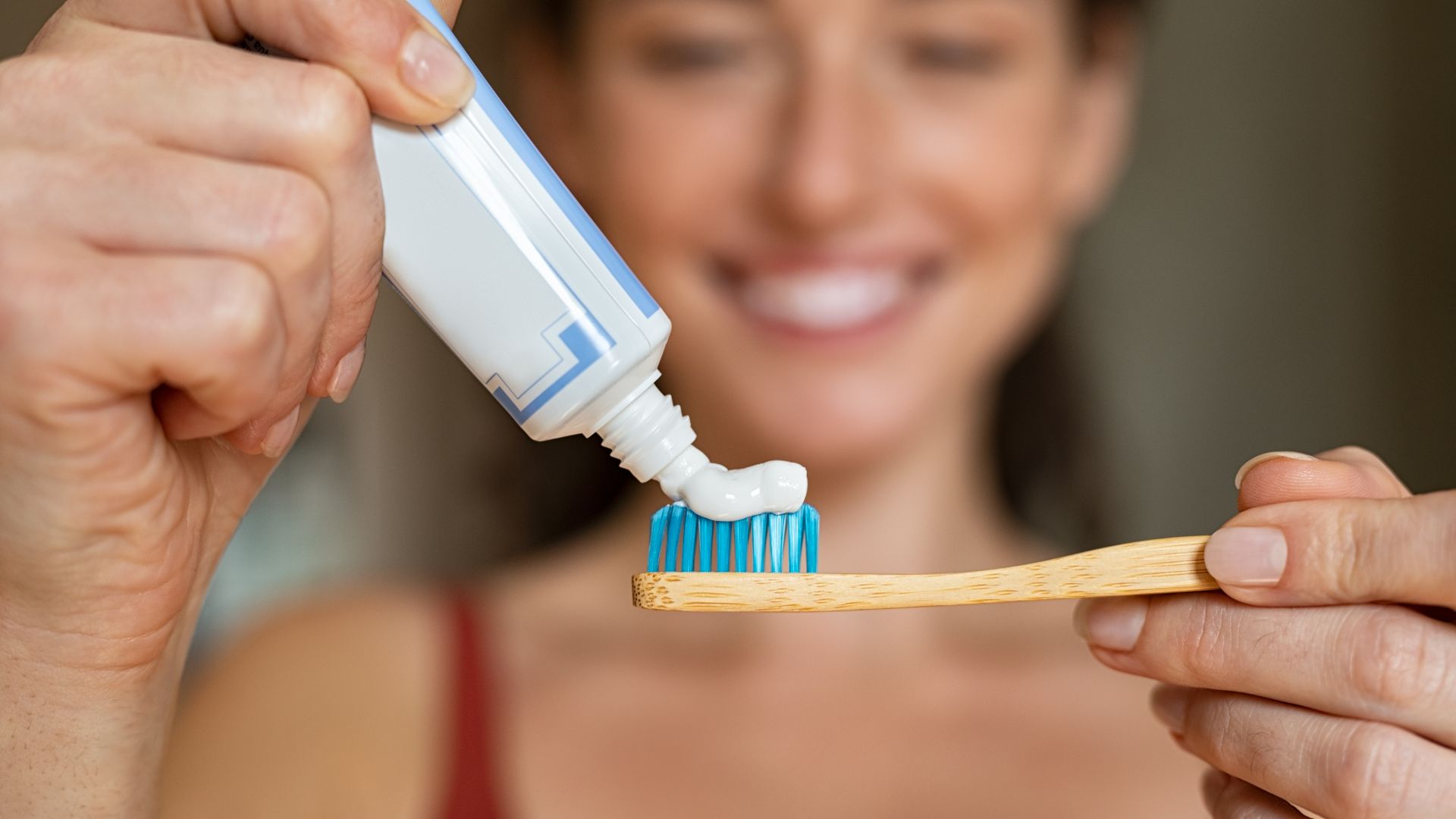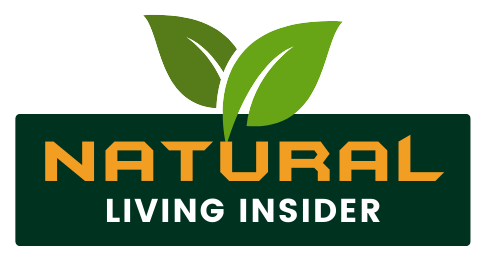
Concerns about the potential link between toothpaste ingredients and cancer have been a topic of public interest and scientific scrutiny. Various studies and regulatory updates have fueled debates about the safety of common ingredients found in toothpaste. This comprehensive exploration will delve into the ingredients that have raised concerns, the scientific research surrounding them, the perspectives of health organizations, and practical advice for consumers.
Table of Contents
Key Ingredients in Toothpaste
Toothpaste is a complex formulation designed to clean teeth, prevent decay, and freshen breath. Its ingredients generally include abrasives, fluoride, detergents, humectants, flavoring agents, and preservatives. Some of these components have come under scrutiny for their potential health risks, particularly regarding cancer.
1. Fluoride
Fluoride is widely used for its proven ability to prevent tooth decay. It strengthens enamel and reduces the incidence of cavities. However, excessive fluoride exposure has been linked to several health issues, including dental and skeletal fluorosis. Dental fluorosis manifests as discoloration and pitting of the teeth, while skeletal fluorosis can affect bones and joints.
There are also concerns about fluoride’s neurotoxic potential. Some studies have suggested that high fluoride exposure might impair cognitive development in children. Nonetheless, organizations like the World Health Organization (WHO) and the Centers for Disease Control and Prevention (CDC) assert that fluoride is safe and beneficial when used correctly in dental care products.
2. Triclosan
Triclosan is an antibacterial agent found in some toothpaste brands. It has been effective in reducing plaque and gingivitis. However, research has indicated that triclosan might disrupt endocrine function and contribute to antibiotic resistance. A 2017 study from the University of Massachusetts Amherst suggested that triclosan could promote tumor growth in mice, raising concerns about its potential carcinogenic effects in humans. Despite these findings, the direct link between triclosan in toothpaste and cancer in humans remains unconfirmed. The FDA banned triclosan in over-the-counter antiseptic soaps but not in toothpaste, where its usage is more controlled and deemed safe by some health experts.
3. Sodium Lauryl Sulfate (SLS)
Sodium lauryl sulfate is a detergent used for its foaming properties. While it effectively cleans the mouth, SLS can cause irritation in some individuals, leading to mouth ulcers and canker sores. There have also been discussions about its potential carcinogenicity, primarily based on animal studies with high-dose exposure. However, the Cosmetic Ingredient Review (CIR) panel has concluded that SLS is safe at the concentrations used in cosmetic and personal care products, including toothpaste.
4. Artificial Sweeteners and Colors
Toothpaste often contains artificial sweeteners like saccharin and various artificial dyes to enhance flavor and appearance. Saccharin was once thought to be a carcinogen, but subsequent research led to its removal from the list of potential carcinogens. The FDA, along with other health agencies, has reviewed these ingredients extensively and deemed them safe for use in toothpaste at regulated levels.
Scientific Research and Controversies
The debate over toothpaste ingredients and cancer is driven by both laboratory and epidemiological studies. While some studies have raised alarms, the context and dosage of exposure are crucial in understanding the actual risk to consumers.
1. Fluoride and Cancer
The potential carcinogenicity of fluoride has been studied extensively. Animal studies have shown mixed results, with some indicating an increased risk of bone cancer at very high exposure levels. However, such levels far exceed typical human exposure from dental products. Epidemiological studies in humans have not found a consistent link between fluoride exposure and cancer risk. Regulatory bodies continue to endorse fluoride’s use in toothpaste as an effective measure against dental caries, emphasizing its safety at recommended levels.
2. Triclosan and Cancer
Research on triclosan has highlighted its ability to disrupt hormone regulation and contribute to antibiotic resistance. The 2017 study mentioned earlier found that triclosan could exacerbate the development of tumors in mice. However, translating these findings to humans is complex. Triclosan’s concentration and the mode of exposure in toothpaste differ significantly from those in laboratory settings. Regulatory agencies like the European Union have banned triclosan in personal care products, but it remains permitted in toothpaste under certain conditions.
3. SLS and Cancer
SLS has been examined for its potential carcinogenic effects, particularly due to its ability to cause irritation and its use in high concentrations in some studies. However, typical toothpaste formulations use SLS at levels considered safe by regulatory bodies. Long-term human studies have not provided evidence of a cancer risk associated with SLS in toothpaste.
4. Artificial Sweeteners and Colors
The potential health risks of artificial sweeteners and colors have led to rigorous evaluations. Saccharin, for instance, was once linked to bladder cancer in rats, leading to its temporary classification as a potential carcinogen. However, subsequent research indicated that these findings were not applicable to humans, and saccharin was delisted as a carcinogen. The FDA and other agencies maintain that artificial sweeteners and colors used in toothpaste are safe at regulated levels.
Perspectives of Health Organizations
Major health organizations and regulatory bodies play a crucial role in assessing and ensuring the safety of toothpaste ingredients. The American Dental Association (ADA) awards its Seal of Acceptance to products that meet stringent safety and efficacy standards. Toothpastes with this seal have undergone rigorous testing to confirm their safety and effectiveness.
The FDA oversees the regulation of toothpaste ingredients in the United States, requiring manufacturers to provide evidence of safety and effectiveness. In the European Union, stricter regulations have led to the banning of certain ingredients, such as triclosan, in personal care products.
Practical Advice for Consumers
Given the potential concerns about certain toothpaste ingredients, consumers can take several steps to ensure they are using safe and effective products:
- Read Labels: Understanding the ingredients in your toothpaste can help you make informed choices. Look for products with the ADA Seal of Acceptance.
- Consider Alternatives: For those concerned about specific ingredients, there are alternative products available, such as fluoride-free toothpaste, natural toothpaste with herbal ingredients, and products free of artificial sweeteners or colors.
- Consult Professionals: Dental professionals can provide personalized advice based on your oral health needs and concerns.
- Stay Informed: Keeping up with the latest research and regulatory updates can help you make informed decisions about your dental care products.
The potential link between toothpaste ingredients and cancer is a complex issue that involves understanding the nuances of scientific research and regulatory standards. While certain ingredients have raised concerns, the consensus among health organizations is that toothpaste, when used as directed, is safe and effective. Maintaining good oral hygiene is crucial for overall health, and consumers can choose products that align with their preferences and health needs. Ongoing research and regulatory oversight continue to ensure that toothpaste remains a safe tool for oral health maintenance.


